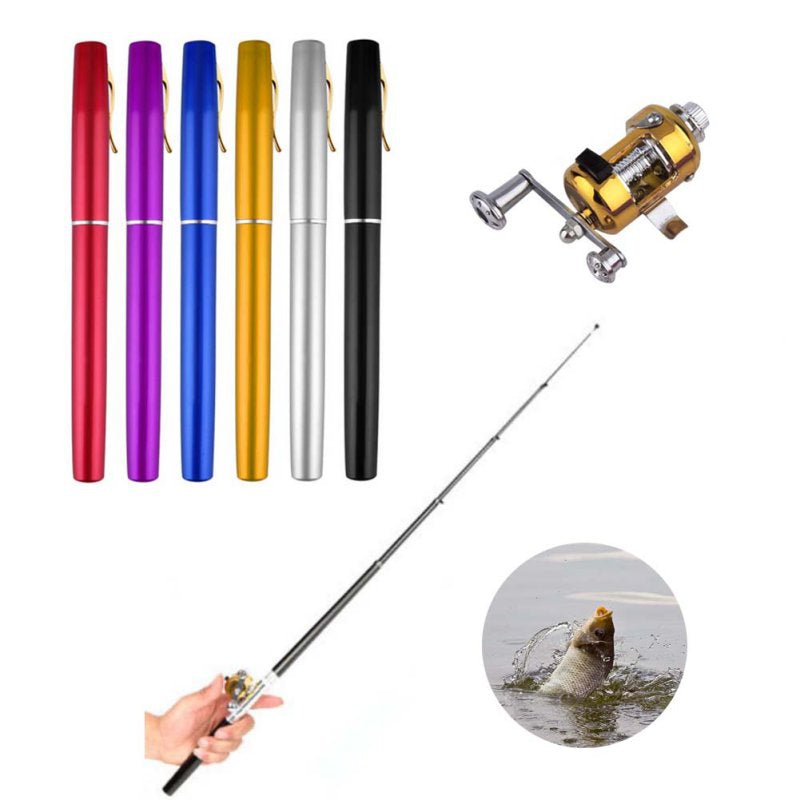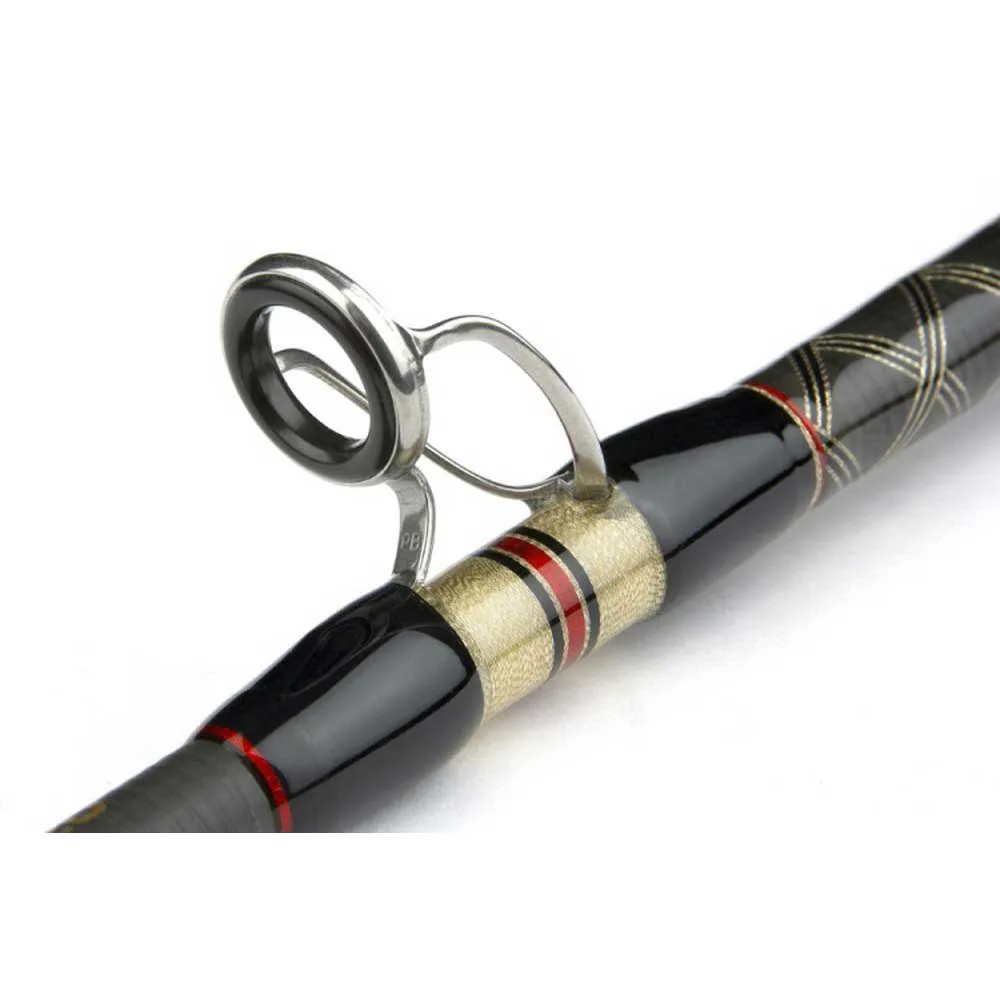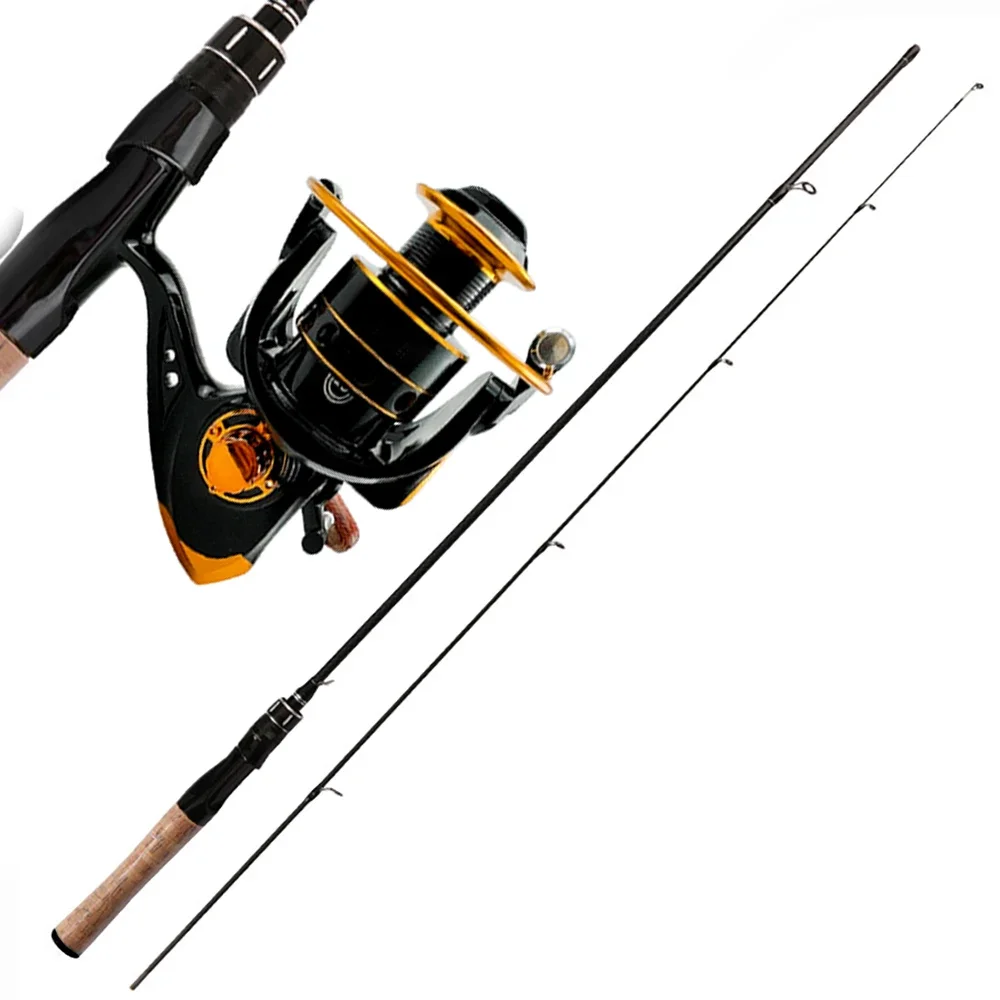Packing Tips for Shipping Fishing Rods
When preparing to ship fishing rods, careful packing is critical.
Selecting the Right Packaging Material
Choose a strong, durable tube or box designed for shipping rods. Look for materials like rigid PVC tubes or reinforced cardboard. Cushion rods with bubble wrap or foam inserts to prevent movement and damage during transit.
Ensure the packing material is waterproof, especially if shipping to or through areas with unpredictable weather. Seal ends with heavy-duty tape for extra security.
Safely Securing Rods in the Container
Secure rods separately with soft cloth or padding to avoid scratches. Use rubber bands or string to keep them from shifting. Attach rod pieces together, if multiple sections are present. Fill extra space with packing peanuts or crumpled paper to stop movement inside the container.
Label the tube clearly with ‘Fragile’ and ‘Handle With Care.’ List the contents, your contact information, and the destination address on the outside. Inside the container, include a detailed inventory list and your contact details again for additional security.

Choosing a Shipping Method
When shipping fishing rods, selecting the right method is as crucial as proper packing. Consider the time frame, cost, and safety of your rods during the shipping process.
Evaluating Mail Carriers for Domestic Shipping
For domestic shipping, compare services like USPS, UPS, and FedEx. Check their policies specially for items like fishing rods, potential handling times, insurance options, and their tracking systems. Cross-reference costs with delivery speeds. For example, USPS may offer less expensive options, while FedEx might be faster and provide more robust tracking.
Look for a carrier with a good record of handling fragile items. Reading reviews or asking fellow anglers for recommendations can lead you to the best option. Also, inquire about special requirements or restrictions on item length, which applies to fishing rods. Ensure your chosen carrier allows for insurance to cover any unexpected mishaps.
International Shipping Options for Anglers
For international destinations, the key is to confirm that your carrier provides reliable service to your specific location. Some carriers, like DHL, specialize in international logistics and might offer advantageous services for anglers traveling abroad. Consider also the destination’s custom regulations, as they can delay delivery.
Investigate premium services that handle sporting equipment with extra care and might offer door-to-door service. This could be costly but assures better handling of your fishing gear. Always calculate potential duties or taxes to avoid surprises upon the rods’ arrival. When time is of the essence, choose expedited shipping but be prepared for the extra charge.
No matter the destination, secure your investment in quality fishing rods by choosing a shipping method that balances cost, speed, and safety effectively.

Shipping Fishing Rods by Road
When it comes to moving fishing rods across distances, hitting the road can be a solid choice. Here’s an overview of the benefits and drawbacks, as well as tips on renting the right vehicle.
Pros and Cons of Driving with Your Rods
Driving with your fishing rods offers several advantages. The main benefit is maintaining control over your gear. You keep the rods within reach and can ensure they are handled gently. Another plus is cost; driving might be more budget-friendly than airfare, especially if traveling with multiple rods.
However, there are downsides. Distance and travel time are critical factors. Long trips could exhaust you, cutting into your fishing time. Plus, vehicles have limited space, which might constrain the number and size of rods you can carry.
To summarize the pros and cons of driving with your rods:
- Pros:
- Full control over your gear
- No strict baggage rules to follow
- Potentially less expensive than flying
- Cons:
- Long distances can be exhausting
- Limited space for rods and gear
- Large time investment for the trip
Renting Suitable Vehicles for Transport
When your vehicle isn’t spacious enough, consider renting a suitably sized one. Look for models that can fit longer rods without bending or breaking them. Ideally, choose a vehicle with a secure storage area to prevent theft or damage to your rods.
Rental companies may offer a range of options. A spacious SUV or a vehicle with a roof rack could do the trick. Plan ahead to ensure availability, and compare prices to find a deal that suits your budget.
Renting a suitable vehicle can be broken down into:
- Checking rod length against vehicle size
- Opting for vehicles with secure storage
- Booking in advance for the best rates and availability
Remember, no matter the method, shipping fishing rods calls for smart planning. Whether driving or flying, focus on keeping your rods safe and secure to guarantee a successful fishing trip.

Flying with Full-Sized Fishing Rods
For the angler who prefers their own gear, flying with full-sized fishing rods is an option. Before packing up your fishing rods, it’s important to understand airline regulations and how to protect your rods during the flight.
To fly with full-sized fishing rods without hassle, check your airline’s rules. Some airlines may allow rods as checked luggage, but they often have size limits. Be aware of potential extra fees for oversized baggage. To avoid surprises at the airport, call your airline ahead or check their website. Always have a backup plan if your rods aren’t allowed.
When choosing a flight, pick airlines known for handling sports equipment well. Remember to confirm the number of rods you can bring. Regulations may vary, so it’s best to know the rules specific to your airline.
Protecting Your Rods in Transit
A durable rod tube is essential for flying with your fishing rods. The tube should be hard-shelled to withstand rough handling. Pad the inside with bubble wrap or cloth to keep rods secure. Make sure to pack the rods tightly, so they don’t move around. Use strong tape to seal the tube.
Label your rod tube with ‘Fragile’ and ‘Top Load Only’ to encourage careful handling. Adding a luggage tracker can help locate lost rod tubes. Despite precautions, damage is still possible, so consider insuring your rods for peace of mind.
By understanding airline regulations and properly protecting your rods, you can ensure they arrive safely. With thoughtful preparation, flying with full-sized fishing rods can be straightforward.
The Advantages of Travel Rods for Air Travel
For anglers flying to fishing destinations, travel rods offer clear benefits. These rods, designed to break down into multiple pieces, are more convenient for air travel compared to full-sized rods.
Investing in Quality Multi-Piece Rods
When it comes to travel rods, quality matters. Top-notch multi-piece rods provide performance comparable to their one-piece counterparts. Investing in a good set ensures you don’t compromise on the fishing experience. Plus, many come with their own case, offering added protection.
Packing and Carrying Tips for Travel Rods
For carry-on, select a rod tube that fits airline size restrictions. Pack rods with soft clothing to cushion them. Attach luggage tags with your contact info. Always check airline policies ahead of time to avoid issues during boarding.
Alternative Shipping Services
When your journey involves air travel, but you’re uneasy about your rods’ safe passage, alternative shipping services could be your ally.
Specialized Services Like Ship Sticks and Luggage Forward
Special services, such as Ship Sticks and Luggage Forward, are designed for sports gear. These companies understand the quirks of shipping items like fishing rods. They provide tailored solutions that ease worries about sending your tackle ahead. Services may vary, but usually, they offer insurance, tracking, and some even have door-to-door delivery.
Certain anglers have found success with these services, ensuring their gear arrives before they do. Before choosing such options, consider the cost against potential convenience gains.
Understanding Service Coverage and Fees
Before using alternative services, weigh their coverage against your needs. Not all services ship to every location, especially remote fishing spots. Verify that they serve your destination. Be clear on their fee structure; some might charge more based on size and weight of the shipment.
Read the terms carefully for any hidden costs that might inflate your budget. While these options can be an excellent way to ship fishing rods, making an informed decision is crucial to avoid last-minute issues.
Buying and Shipping Rods Directly to Your Destination
When travelling for fishing trips, another practical option is to buy and ship fishing rods directly.
Retail Options for Direct Shipment
Certain retailers like Tackle Warehouse offer to ship fishing rods straight to your location. This can save you the hassle of carrying rods during transit. When purchasing, look for rods with the proper specs for your target species and fishing style. Make sure to buy from a reliable source that guarantees safe delivery. Also, verify that the retailer can provide a secure shipping container.
Planning Ahead for Return Shipping
After your adventure, you must plan for the return of your rods. Choose a return shipping method that’s convenient and secure. Consider using the original packaging for return trips, making sure it’s durable enough for multiple uses. Some retailers may include a return shipping label with your purchase. Check this option before buying. If not, decide whether to mail them back or hand-carry them on your return flight. Factor in the costs and logistics involved in your decision. Do this planning before leaving to ensure a smooth trip home with your rods.
Purchasing Rods at the Destination
When traveling for fishing, buying rods on arrival can be smart.
Researching Tackle Stores and Stock Availability
Plan ahead to find tackle shops near your fishing spot. Make sure they have the right ship fishing rods for the water you’ll fish. Call the store to check the stock; rely on their advice for local fish habits. Remember to ask about store hours, to ensure you can shop when you arrive.
Logistics of Bringing Purchased Rods Home
After your trip, you need a plan to transport your rods. If they came in a tube, you can check them on your flight. If not, you might need to buy a shipping tube or case. Consider insurance for your rods, for the journey back home. Selling the rods locally or donating them to guides is another option, but get advice from your outfitter first.
